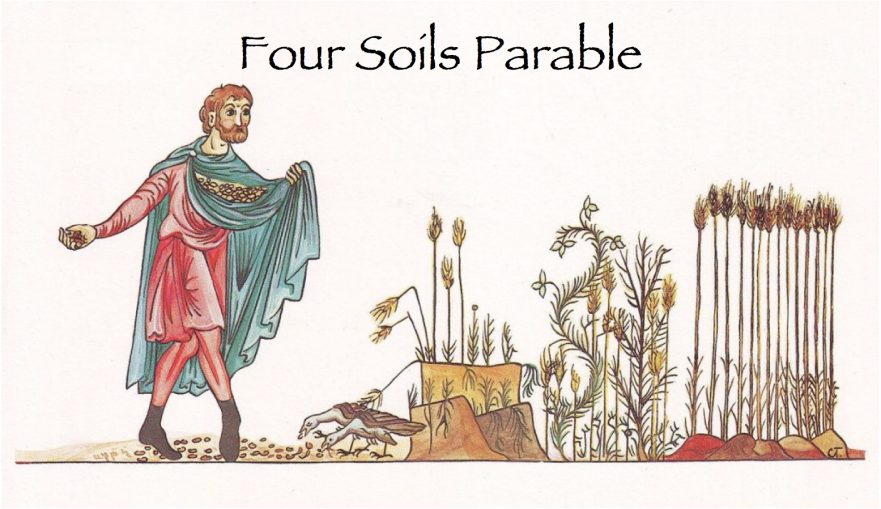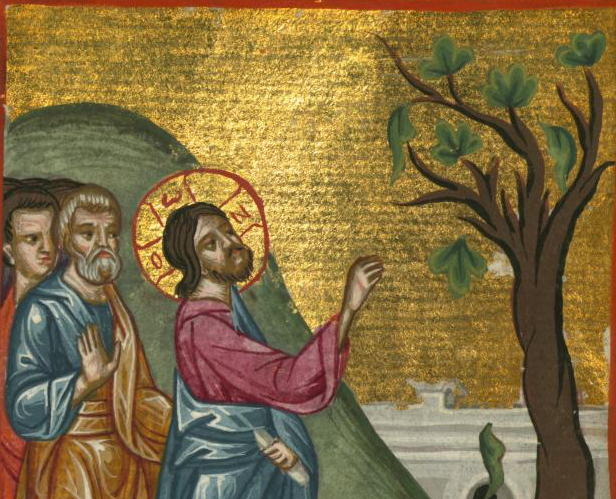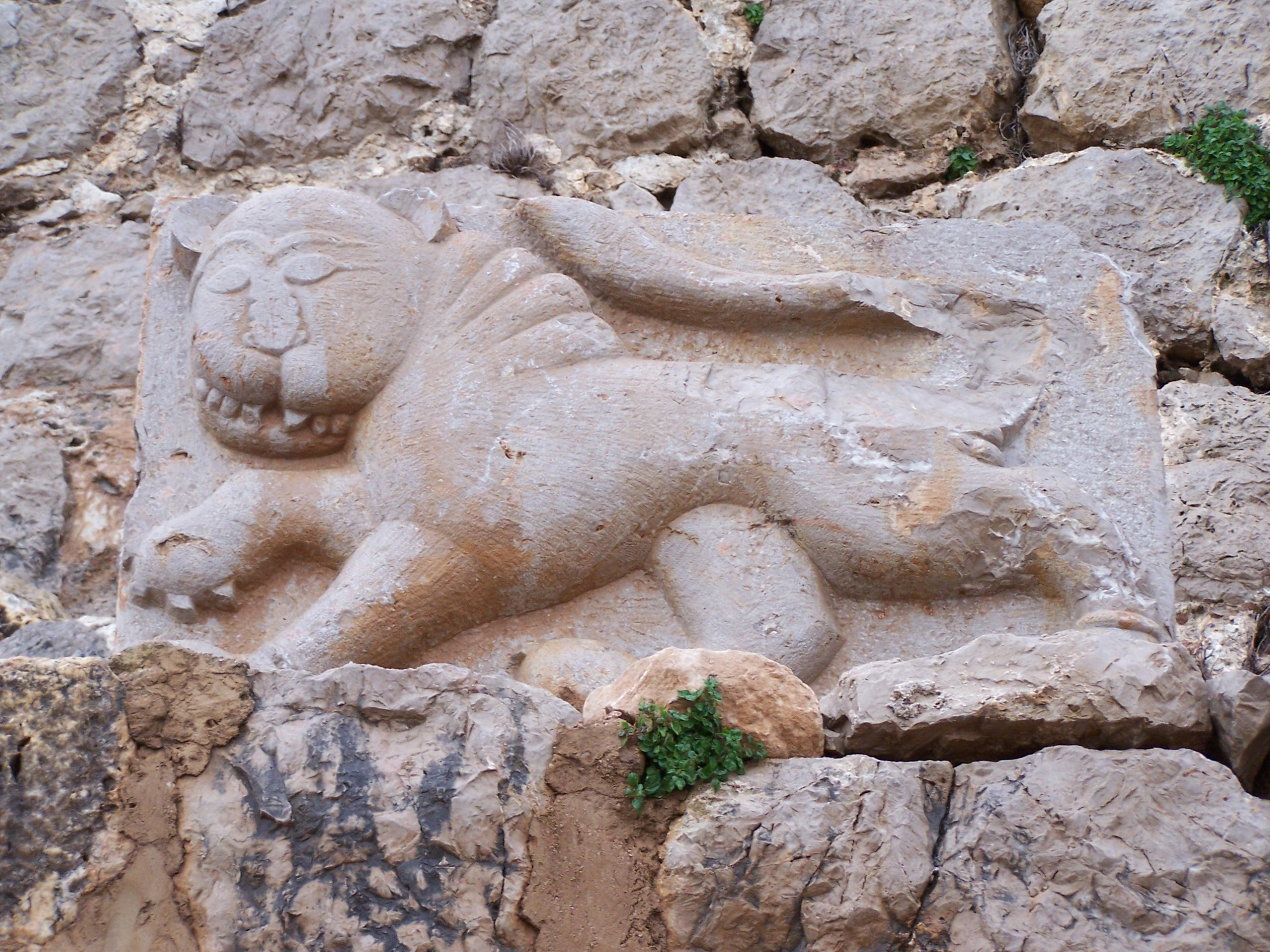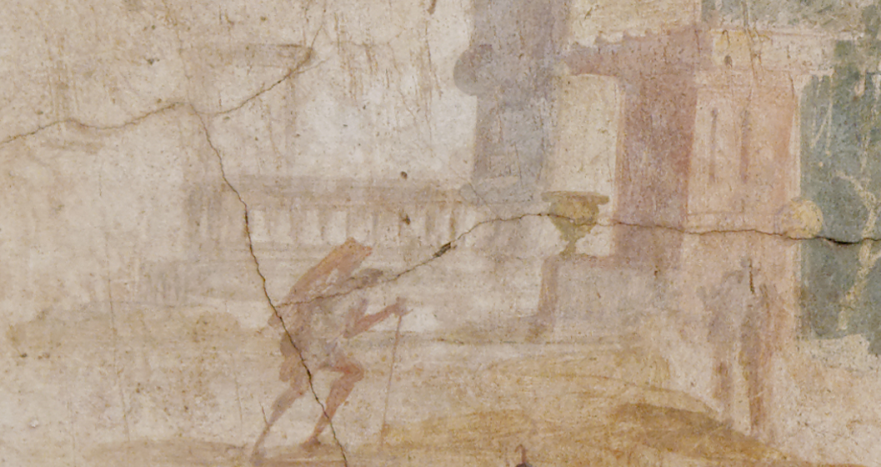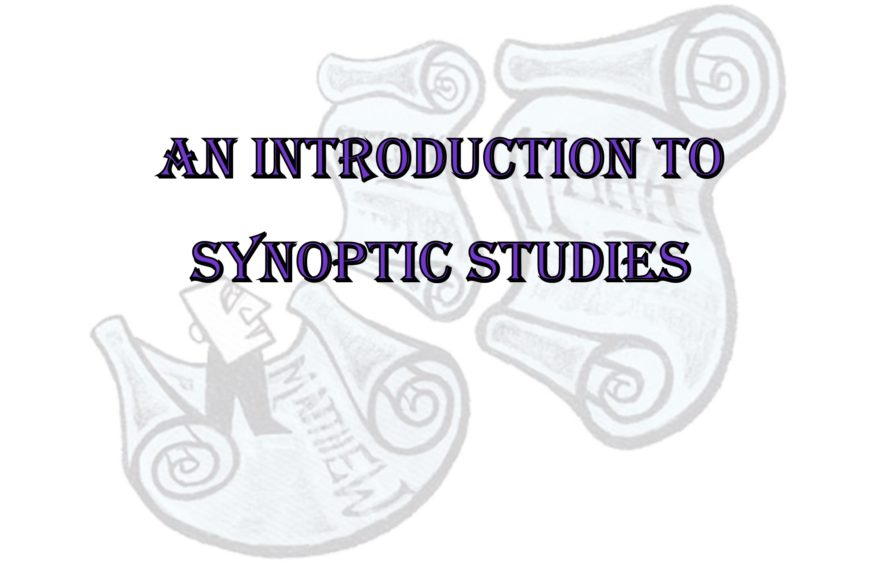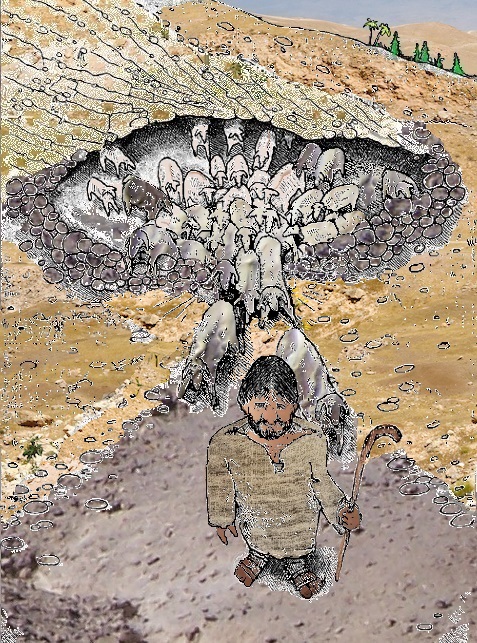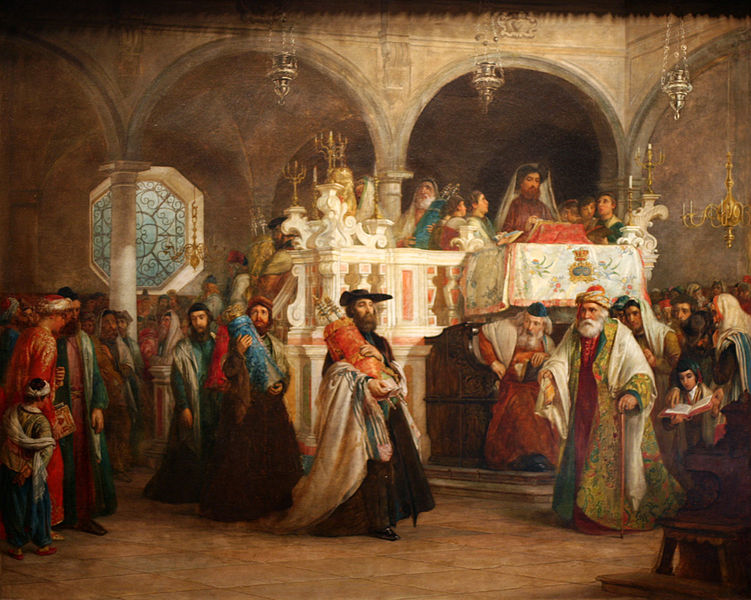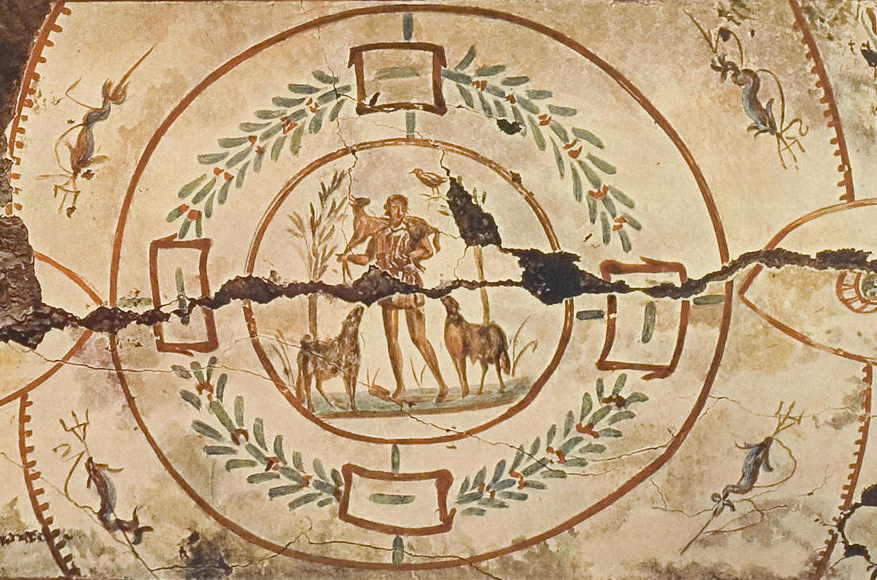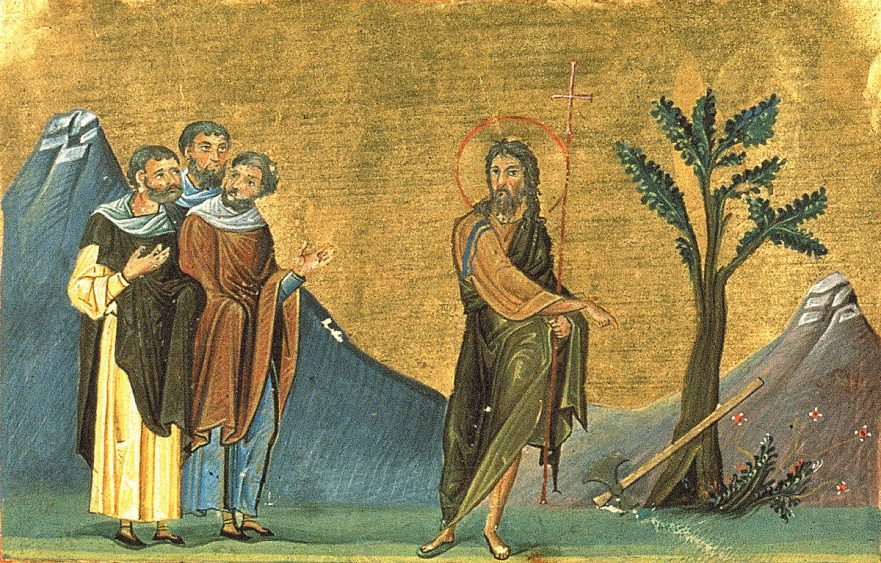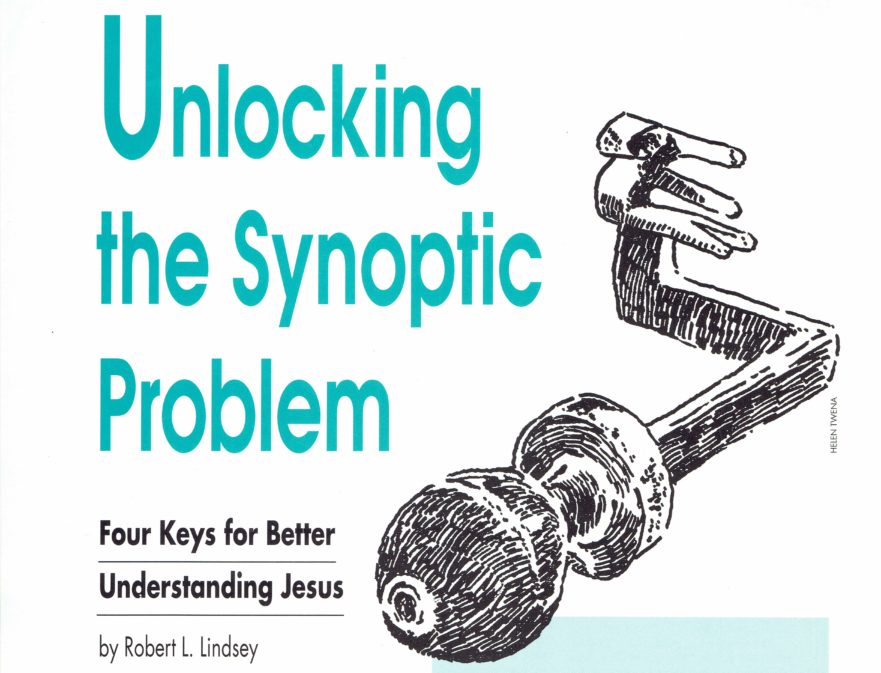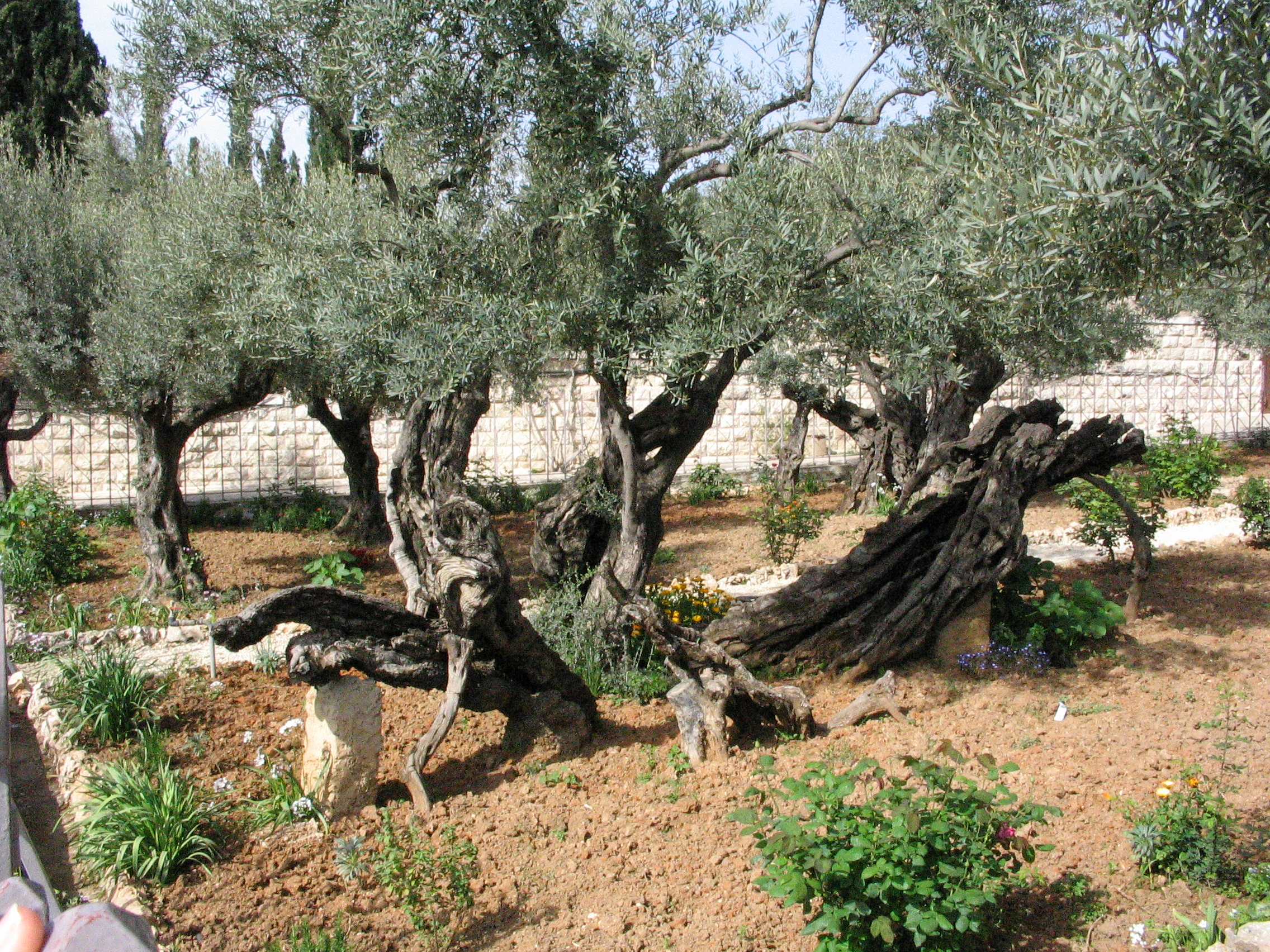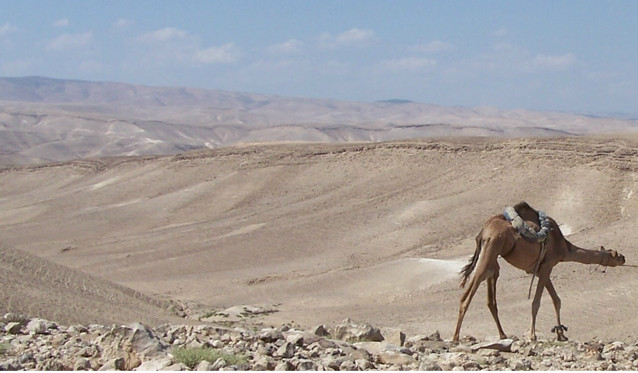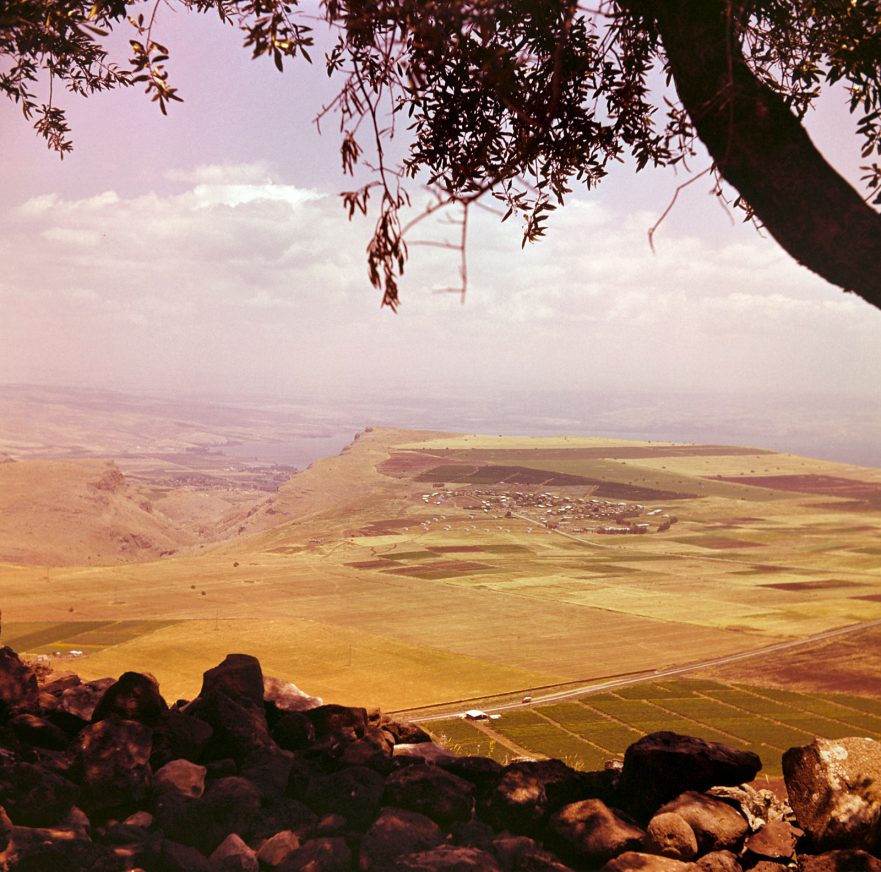Matt. 13:1-9; Mark 4:1-9; Luke 8:4-8
(Huck, 90; Aland, 122; Crook, 144)For abbreviations and bibliographical references, see “Introduction to ‘The Life of Yeshua: A Suggested Reconstruction.'” Updated: 25 October 2023
וַיְהִי בַּיּוֹם הַהוּא וַיֵּאָסְפוּ אֻכְלוּסִים גְּדוֹלִים וַיֵּלְכוּ אֵלָיו וַיִּמְשׁוֹל לָהֶם מָשָׁל לֵאמֹר יָצָא הַזּוֹרֵעַ לִזְרוֹעַ אֶת זַרְעוֹ וּבִזְרִיעָתוֹ זֶה נָפַל עַל הַדֶּרֶךְ וְנִדְרַךְ וְעוֹף הַשָּׁמַיִם אָכְלוּ אוֹתוֹ וְאַחֵר נָפַל עַל הַסֶּלַע וְעָלָה וְיָבֵשׁ מֵאֵין לֵחָה וְאַחֵר נָפַל בֵּין הַחוֹחִים וְעָלָה וְהַחוֹחִים חָנְקוּ אוֹתוֹ וְאַחֵר נָפַל בָּאֲדָמָה הַטּוֹבָה וְעָלָה וְעָשָׂה פְּרִי וּמָצָא מֵאָה שְׁעָרִים מִי שֶׁיֵּשׁ לוֹ אָזְנַיִם לִשְׁמוֹעַ יִשְׁמַע
Later that day large crowds of people gathered and came to Yeshua, and he told them this parable: “A sower went out to sow his seed. As he sowed, some fell on a footpath. First it was trampled, then the birds of the sky ate it. Some fell on rock.

